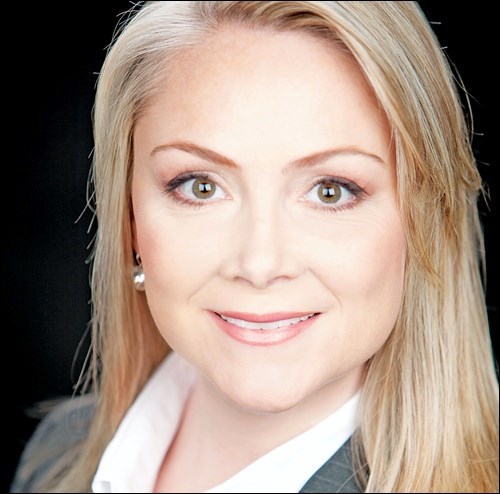If you’ve been looking at conventional interest-bearing investments, you’re bound to be disappointed. Savings accounts are money-losing black holes. Guaranteed investment certificates and money market funds yield next to nothing. So what’s left on the yield menu? Fortunately, there are good alternatives, but you’ll have to accept more risk to take advantage of them.
The “search for yield” has become the major preoccupation for investors looking to build nesteggs or seeking a reliable stream of income for retirement. The difficulty is that when you go looking for higher yield, the tradeoff comes in the way of higher risk.
While those savings accounts, GICs, and Treasury bills actually lose money for you, they are at least “safe” in the sense that they come with guarantees of one sort or another as far as your capital goes. Next up the ladder is the broader world of fixed-income investment – bonds, mostly. Yields are higher than for cash or deposit-type investments, ranging from the still-very-low for government bonds to quite-a-bit-higher for riskier “high yield” corporate bonds.
Because investing in individual bonds is a complex business and usually beyond the reach of retail investors, most tend to go with bond mutual funds or exchange-traded funds in order to get the benefit of diversification and a professionally managed portfolio. So, for example, the broad iShares Canadian Government Bond Index ETF (TSX: XGB), which tracks the most secure federal and provincial government bonds, showed a distribution yield of 2.59% as of July 21. The fund has a very low Fundata volatility ranking of 2/10.
On the other hand, the BMO High Yield US Corporate Bond Hedged to CAD Index ETF (TSX: ZHY), which holds riskier U.S. corporate bonds showed an annualized distribution yield of 6.08% as of July 15. It carries a slightly higher Fundata volatility ranking of 3/10, which means basically that unit values are subject to more fluctuation than the government bond index fund.
Depending on your risk tolerance, you might consider stocks that generate cash flow in the form of dividends. Look for big blue-chip stocks that have a record of consistent and increasing dividend payments. The iShares Canadian Select Dividend Index ETF (TSX: XDV), for example is a representative fund that holds shares of blue-chip dividend-paying companies. It posted a distribution yield of 4.48% as of July 21, but had a Fundata volatility ranking of 7/10, so the risk factor is getting up there, considerably higher than either of the bond funds.
Real Estate Investment Trusts (REITs) are another option if you are looking for income. They trade like a stock on the major exchanges, but they are in fact structured as trusts. REITs typically invest in real estate through ownership of properties like shopping malls, apartments, or warehouses, which produce a steady rental income stream. Some may also hold mortgages. REIT Income is distributed back to shareholders. Typically REITs offer high yields and give you direct exposure to the commercial real estate market. As an example, the BMO Equal Weight REITs Index ETF (TSX: ZRE) posted a distribution yield of 5.32% as of July 17, but came with a Fundata volatility ranking of 8/10, putting it in the higher risk end of the spectrum.
Investors looking for better yields than GICs can certainly find them. But I would definitely not advise putting all your eggs in one basket, just because a single investment produces a nice yield. You can see from the examples I’ve used (and note that these examples only – not recommendations) that the risk of each investment rises as yields rise. Your best option is to consult a qualified financial advisor to help you construct a diversified portfolio that will produce a yield that matches your objectives at a risk level you can live with.
Courtesy Fundata Canada Inc. © 2015. Robyn Thompson, CFP, CIM, FCSI, is president of Castlemark Wealth Management. This article is not intended as personalized advice.



